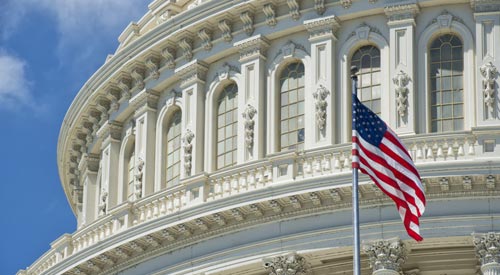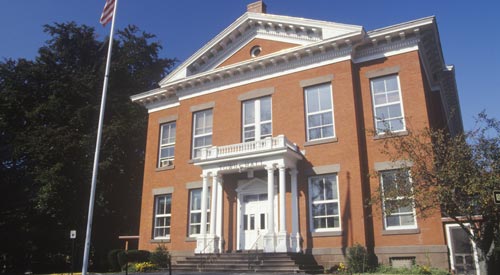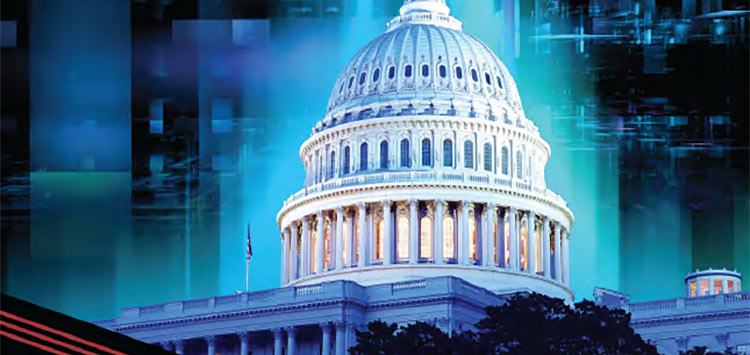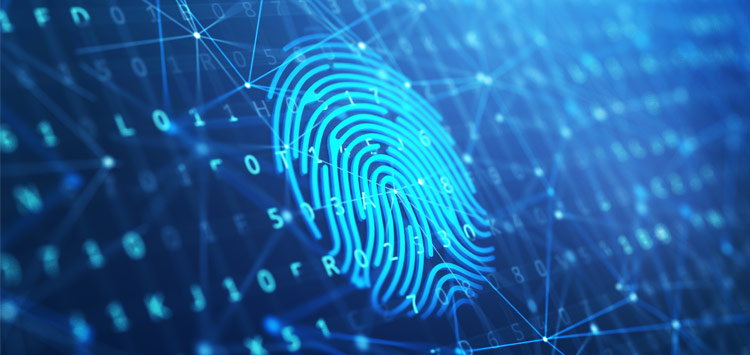Will the Supreme Court Take Up Cellphone Surveillance?
Route Fifty: Statistically speaking, you’re most likely reading this story on a cellphone somewhere in the United States. If you are, you’re using one of more than 378 million cellphone accounts in the country. The data forming these words is beaming to your phone by way of between 300,000 and 600,000 cell towers—a vast telecommunications archipelago that spans from Seattle to Orlando, binding Americans and their devices to one another in a tangled digital web.
Traversing that web leaves tracks. By tracing the cell towers an individual device interacts with, law-enforcement agencies can track where you’ve been, how long you were there, and when you left. What’s more, the police can obtain all of that data without a warrant. But that could change if the U.S. Supreme Court agrees to take up two major Fourth Amendment cases, Graham v. United States and Carpenter v. United States, for its upcoming term in October.
Tags
Share
Top Stories
- Future-proofing smart cities with open standards
- 5 States Challenged the Federal Contractor Wage Increase and Lost
- States should follow feds in Chinese tech bans
- A new initiative seeks to help small cities access infrastructure funding
- Governments view open source as critical for enhancing digital services, experts say
- More States Move to Ban TikTok from Government Devices
- Cyber, digital services, workforce primary focus for state CIOs in 2023
- Virginia has a data center problem
- Efficient public safety demands evolving tech
- Digitized services drive citizen satisfaction
- State chief information officers are handling much more than just tech
- States target mainframes in legacy system modernization
- How one city’s IT team keeps up with rapid growth
- How one agency’s cloud migration smoothed the path for others
- NASCIO: States must ‘hyper-focus’ on IT modernization
- Louisiana Becomes First State to Receive Internet for All Grants
i360Gov Newsletters
The most significant government policy, business, and technology news and analysis delivered to your inbox.
Subscribe NowTrending
- Mayor launches IT modernization to boost services delivery
- Local government on the edge: The future of IT infrastructure
- Digitized services drive citizen satisfaction
- Why cities and towns see a huge economic opportunity in the semiconductor bill
- New York state pumps the brakes on crypto mining
- The best offense is a strong defense: Improve cloud security with visibility and zero trust segmentation
- How state and local leaders can use data to ensure broadband access for all
- Over $105 Million Going to Better Internet for Native American Communities


















